Agile project management focuses on responding swiftly to changing demands while increasing stakeholder collaboration and satisfaction. In this context, sprint planning is one of the key practices of agile methodologies. It involves distributing and planning tasks, based on product owner requests, for short periods known as sprints—typically 1 to 4 weeks.
To maximize productivity during a sprint, the team holds meetings to define priorities and assign tasks. The goal is to ensure transparency and enhance collaboration within the team.
Setting Goals
Clear and measurable goals boost motivation and productivity. That’s why it’s essential to define goals on a project, quarterly, or annual basis. These goals should be SMART: Specific, Measurable, Achievable, Realistic, and Time-bound.
For example: “With the discount campaign launched in the last quarter, we aim to increase pen sales by 15% by the end of the quarter.”
The “Quarterly Goals 🎯” board visualizes goals set for each quarter. It tracks their status at the start, during, and at the end of the quarter, allowing teams to measure completion rates effectively.
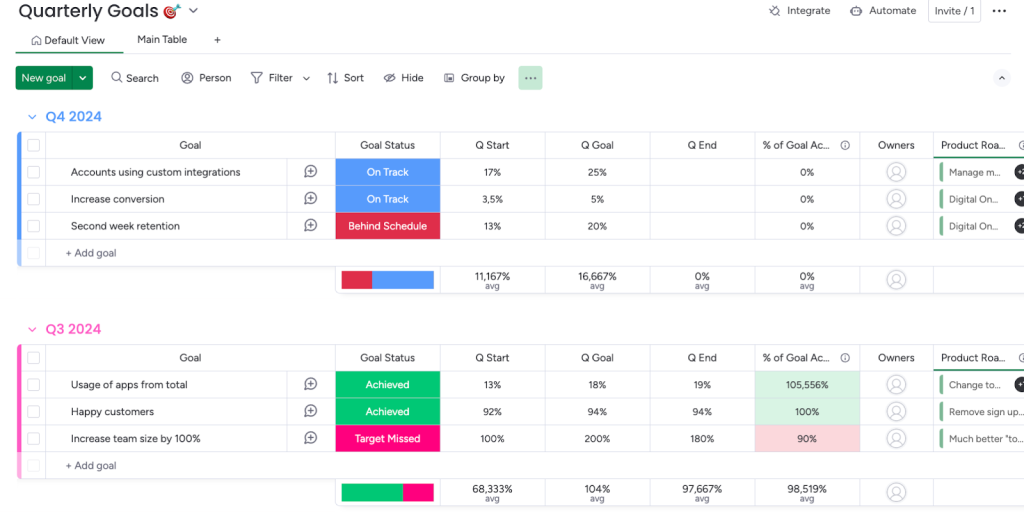
Picture 1: “Quarterly Goals 🎯” Dashboard
Linking Goals to Roadmaps
The “Product Roadmap✏️” board connects each deliverable to quarterly goals. Tasks can be scheduled or held as candidates, waiting for prioritization. Prioritization can be done using RICE Scoring, the Eisenhower Matrix, or custom user-defined logic. Some tasks may be dependent on the progress of others, and these relationships are easily managed through connected items in monday dev.
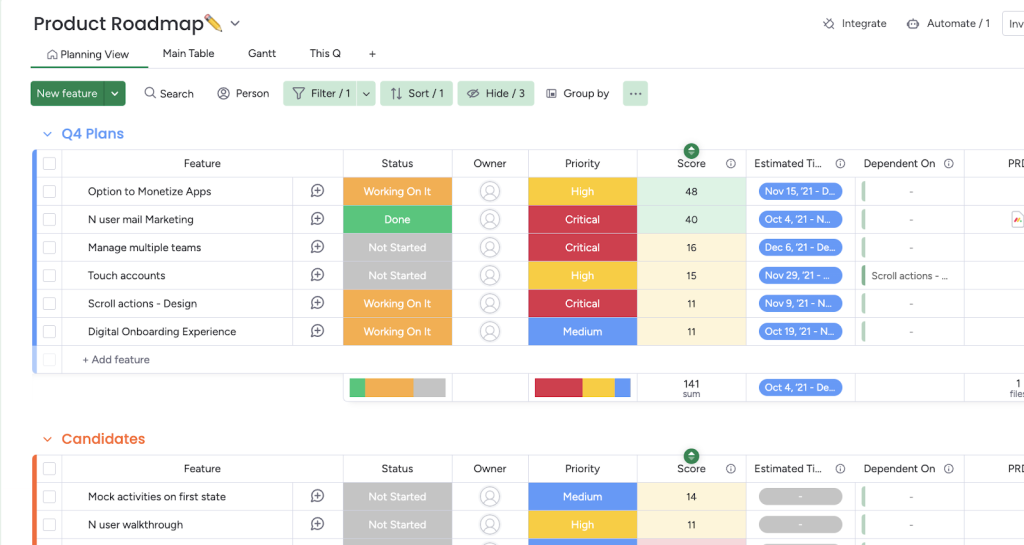
Picture 2: “Product Roadmap✏️” Dashboard
Handling Feature Requests
New stakeholder requests are inevitable—and responding to them quickly is a core principle of agile methodology. The “Feature Requests 🕹” board allows teams to evaluate, prioritize, and link incoming requests to relevant agreements or product roadmap items.
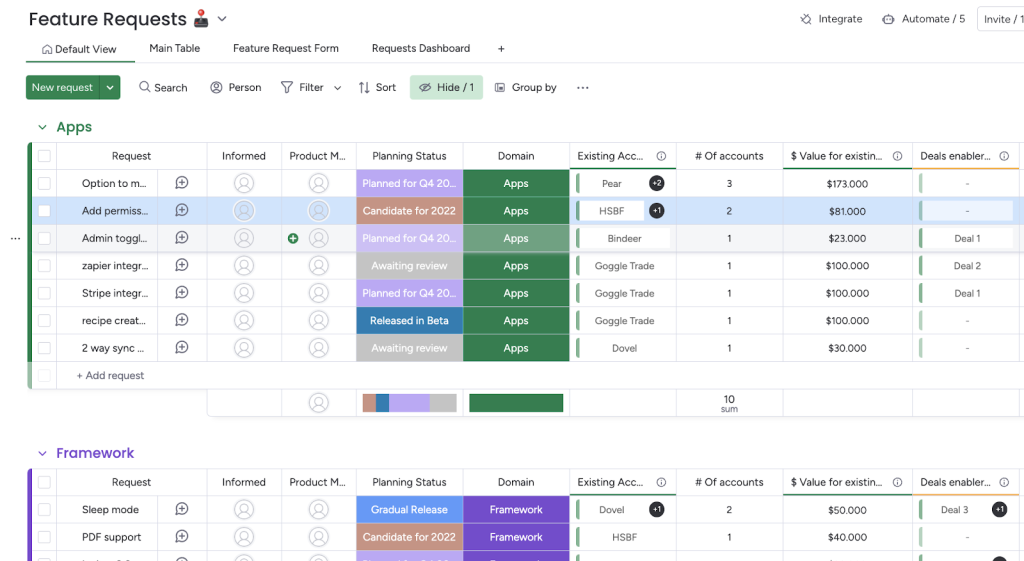
Picture 3: “Feature Requests 🕹” Dashboard
Managing Epics
In agile workflows, an epic represents a large body of work made up of smaller, related tasks. Epics should be tied to product roadmap items and feature requests. Unlike features, not everything within an epic may be delivered to the end-user. Epics are also time-bound and prioritized for execution.
All epics are managed and visualized through the “Epics 🪐” board.
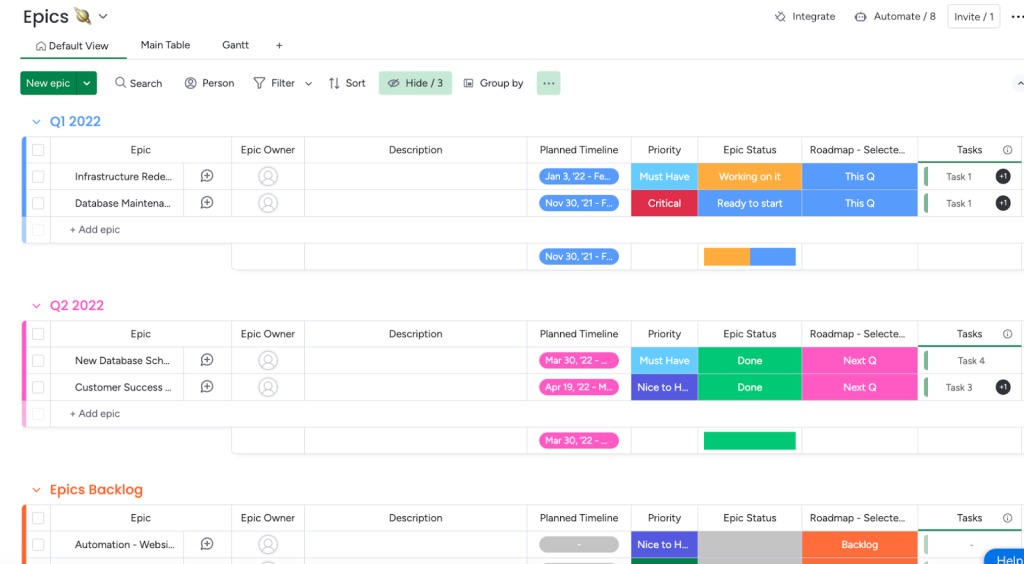
Picture 4: “Epics 🪐” Dashboard
Sprint Management
The “Sprints” board brings together all active and planned sprints with their goals. The designated time frames allow monday dev to calculate Story Points (SP) and track sprint progress. Tasks within each sprint are managed through the Tasks board, where each sprint group represents a different time period.
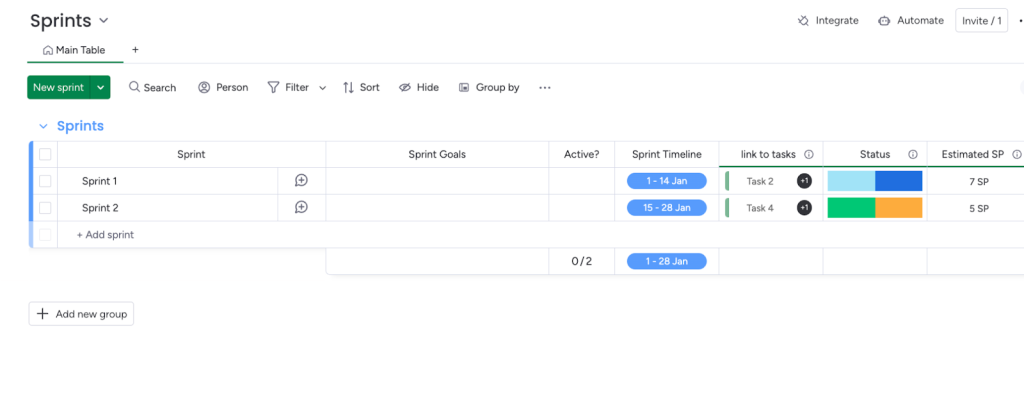
Picture 5: “Sprints” Dashboard
A Backlog group contains unassigned tasks. Each task is linked to an epic and roadmap item, and can be prioritized accordingly.
monday dev also supports Kanban view, allowing agile teams to visualize task flow. Alternatively, tasks can be grouped by epic instead of sprint for a more strategic overview.
To track progress, teams can use reports like the Burndown Chart, alongside other visual analytics that provide real-time insight into sprint status.
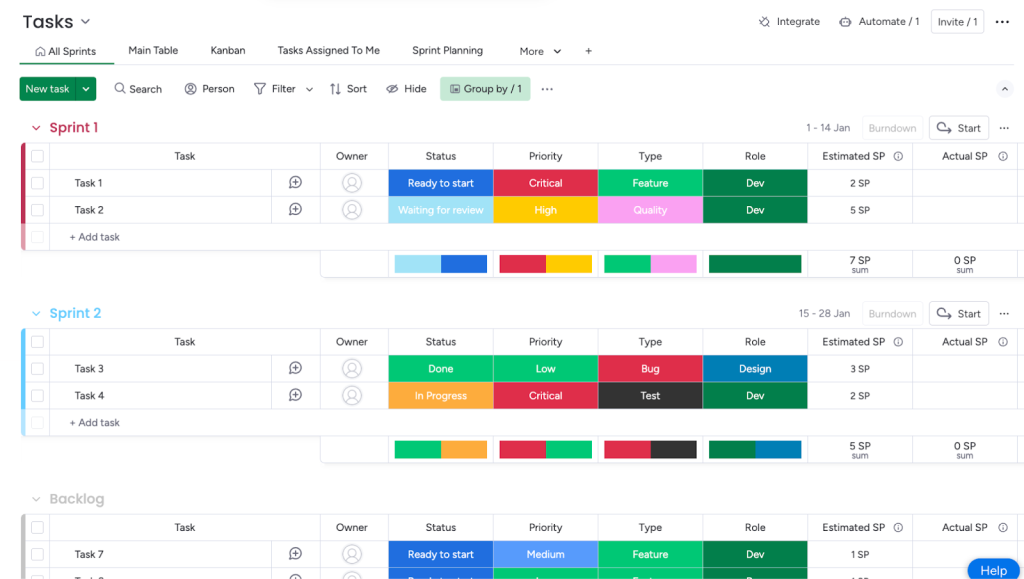
Picture 6: Task Dashboard
Tracking Bugs
The “Bugs Queue 🐞” board collects and manages bugs related to tasks. Teams can gather bug reports through monday Forms, assign ownership, set priorities, and collect time-to-resolution metrics.
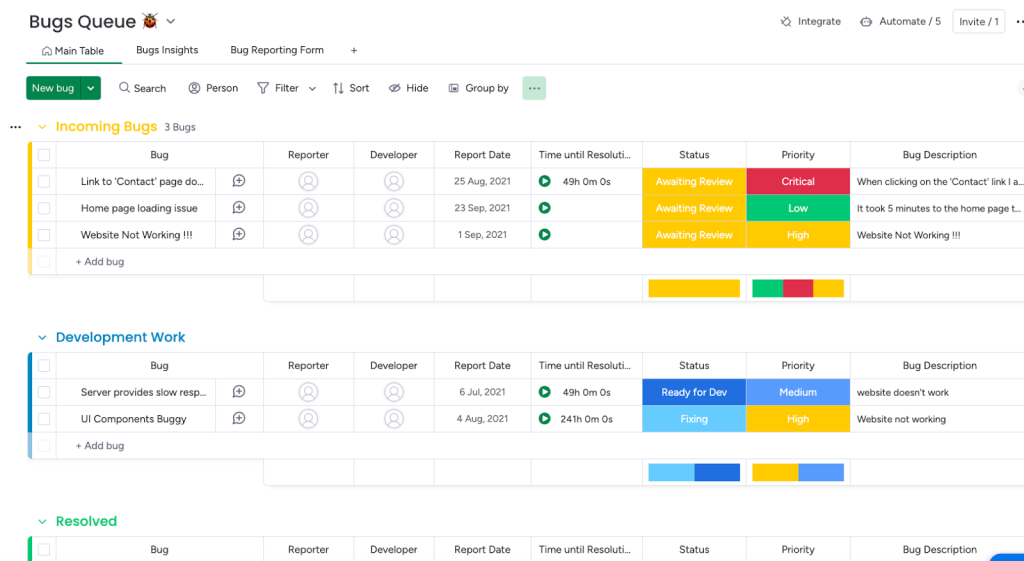
Picture 7: Bugs Queue 🐞 Dashboard
Sprint Retrospectives
A critical step in agile project management is the retrospective, held after each sprint. Feedback is gathered from all team members to inform the planning of the next sprint. The “Retrospectives 🤔” board includes feedback categories, recurrence tracking, and voting mechanisms. monday dev enhances these sessions with dynamic visualizations to make feedback actionable.
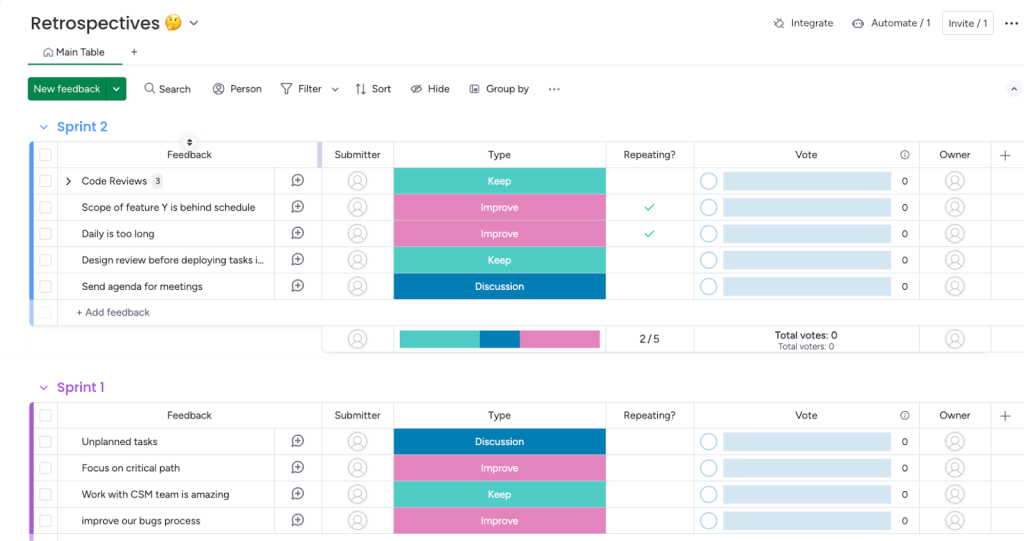
Picture 8:Retrospectives 🤔 Dashboard
monday dev offers end-to-end support for agile sprint planning—from goal setting to sprint retrospectives. With ready-made and customizable boards, it provides a flexible and powerful workspace to manage the entire agile lifecycle.






